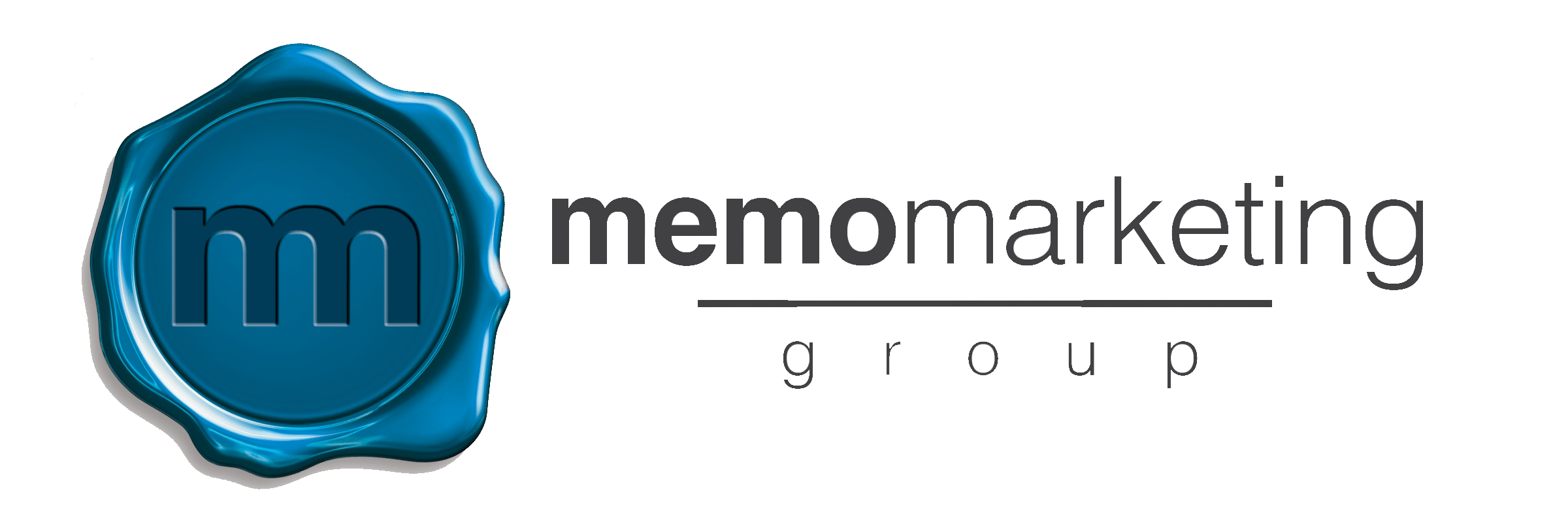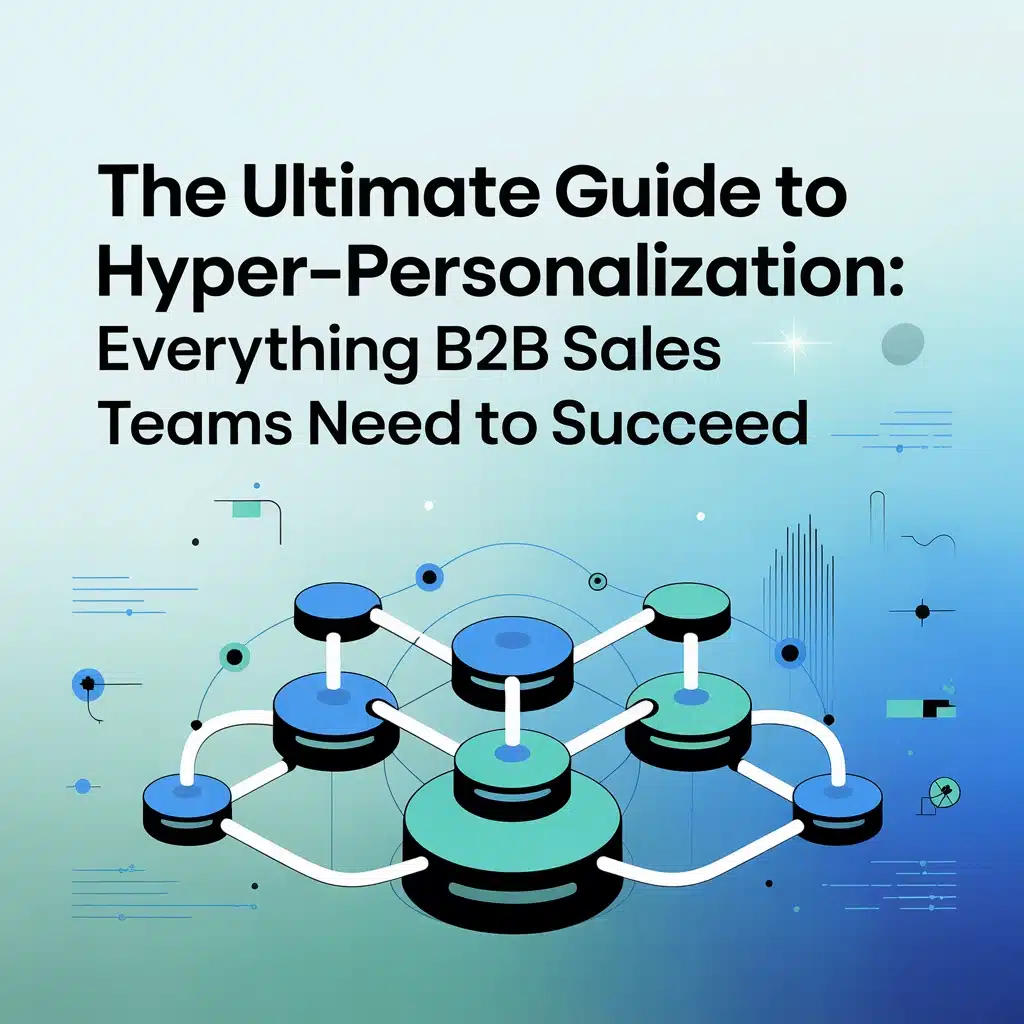Generic outreach is dead. Your prospects are drowning in cookie-cutter emails, templated LinkedIn messages, and one-size-fits-all content. Meanwhile, the teams that are winning deals are using hyper-personalization to cut through the noise and build genuine relationships.
But here's the thing: hyper-personalization isn't just about adding someone's first name to your email subject line. It's about understanding each prospect's unique challenges, goals, and context to create truly relevant experiences that nurture them into marketing qualified leads.
What is Hyper-Personalization (And Why It Matters)
Hyper-personalization goes way beyond traditional personalization. While basic personalization might segment prospects by company size or industry, hyper-personalization digs into the specific behaviors, pain points, and interests of individual prospects.
Think of it like having a conversation with someone who actually knows you. Instead of generic small talk, they reference something specific you mentioned last week, ask about a project you're working on, and share insights that directly relate to your current challenges.
The results speak for themselves. Companies using advanced personalization see 20% increases in sales opportunities and can boost customer satisfaction by up to 20%, according to McKinsey research.

Building Your First-Party Data Foundation
Your first-party data is the goldmine of hyper-personalization. This includes website behavior, email interactions, content downloads, event attendance, and any direct conversations with prospects.
Start by tracking these key data points:
Website Behavior: Which pages do prospects visit most? How long do they spend reading specific content? What resources do they download? This tells you what topics resonate and where they are in the buyer's journey.
Email Engagement: Beyond open rates, look at which links prospects click, what content they spend time reading, and how they respond to different messaging styles.
Content Consumption Patterns: Track which whitepapers, case studies, or blog posts prospects engage with. Someone downloading multiple resources about marketing automation is signaling clear intent.
Social Signals: Monitor prospects' LinkedIn activity, industry discussions they participate in, and content they share. This gives you real-time insight into their current priorities.
The key is connecting these data points to create a complete picture of each prospect's interests and needs.
Leveraging Buyer Signals for Meaningful Outreach
Buyer signals are the digital breadcrumbs that tell you when prospects are actively researching solutions. The trick is knowing how to interpret and act on these signals without being pushy.
High-Intent Signals to Watch For:
– Multiple team members from the same company visiting your pricing page
– Downloads of bottom-funnel content like ROI calculators or implementation guides
– Attendance at your webinars or product demos
– Engagement with competitor comparison content
Medium-Intent Signals:
– Regular blog readership on specific topics
– Following your company on social media
– Engaging with your content on LinkedIn
– Subscribing to your newsletter
When you spot these signals, respond with helpful, educational content rather than sales pitches. If someone downloads a guide about marketing automation best practices, follow up with a personalized email sharing a relevant case study or inviting them to a related webinar.

Smart Segmentation That Actually Works
Forget basic demographic segmentation. Effective hyper-personalization requires behavioral and psychographic segmentation that groups prospects based on how they actually engage with your content and brand.
Behavioral Segments to Consider:
The Researcher: Downloads lots of educational content, spends significant time on your blog, rarely fills out contact forms. These prospects need nurturing with more educational resources and social proof.
The Evaluator: Visits pricing pages, compares features, downloads buyer's guides. They're closer to making a decision and benefit from detailed product information and customer testimonials.
The Skeptic: Opens emails but rarely clicks, visits your site but bounces quickly. They need trust-building content like customer success stories and third-party validation.
The Champion: Engages heavily with your content, shares it with their network, asks detailed questions. These prospects are likely influencers within their organization and should receive exclusive insights and early access to new resources.
Create specific nurturing tracks for each segment, with messaging and content that speaks directly to their mindset and stage in the buyer's journey.
Creating Custom Content That Resonates
Generic content might educate prospects, but custom content builds relationships. You don't need a massive content team to create personalized experiences.
Tactical Approaches for Custom Content:
Industry-Specific Examples: Take your existing case studies and adapt them for different industries. Instead of one generic "How Company X Increased Leads by 150%" story, create versions that highlight industry-specific challenges and outcomes.
Role-Based Messaging: A CMO cares about different outcomes than a Marketing Manager. Customize your content to address the specific concerns and success metrics relevant to each role.
Company-Specific Insights: Reference recent company news, industry trends affecting their sector, or challenges specific to their business model. This shows you're paying attention and understand their context.
Progressive Content Series: Create email sequences that build on each other, referencing what prospects learned in previous emails and gradually introducing more advanced concepts.

Technology Tools That Scale Personalization
You can't manually personalize outreach for hundreds of prospects, but the right technology stack makes hyper-personalization scalable for teams of any size.
Essential Categories of Tools:
Customer Data Platforms (CDPs): Centralize all your prospect data in one place. Look for platforms that can integrate website behavior, email interactions, and CRM data to create unified prospect profiles.
Marketing Automation Platforms: Use behavioral triggers to send personalized content based on specific actions. When someone downloads a specific resource, automatically enroll them in a relevant nurturing sequence.
AI-Powered Content Tools: Leverage AI to help customize messaging at scale. These tools can analyze prospect behavior and suggest personalized content recommendations or email variations.
Intent Data Providers: Third-party intent data shows you when prospects are researching topics related to your solution, even when they're not on your website.
The key is starting simple. Pick one or two tools that integrate well with your existing systems, master them, then gradually add more sophisticated capabilities.
Real-World Implementation Examples
Example 1: The Software Startup
A marketing automation startup noticed that prospects from healthcare companies spent significantly more time reading content about compliance and data security. They created a healthcare-specific nurturing track that led with compliance-focused content, included case studies from healthcare customers, and addressed HIPAA concerns upfront. This resulted in a 40% higher email engagement rate from healthcare prospects.
Example 2: The Marketing Agency
A B2B marketing agency started tracking which prospects attended their webinars but didn't book consultations. They created a follow-up sequence for webinar attendees that included the recording, additional resources mentioned during the presentation, and a soft invitation to a smaller, more intimate workshop. This converted 25% more webinar attendees into qualified leads.

Common Mistakes to Avoid
Over-Personalization: Using too much personal information can feel creepy rather than helpful. Stick to professional context and publicly available information.
Assuming Intent: Just because someone downloads your pricing guide doesn't mean they're ready to buy next week. Continue nurturing with educational content.
Ignoring Timing: Sending personalized outreach at the wrong time can backfire. Pay attention to your prospects' communication patterns and industry cycles.
Focusing Only on Decision Makers: In B2B, multiple people influence purchasing decisions. Personalize content for all stakeholders, not just the final decision maker.
Measuring Success and Optimization
Track metrics that matter for relationship building and lead nurturing:
Engagement Depth: Are prospects spending more time with your content? Reading multiple pieces? Sharing with colleagues?
Nurturing Progression: How quickly are prospects moving through your funturing sequences? Where do they typically stall?
Quality of Conversations: Are prospects asking better questions? Bringing up specific pain points? Mentioning your content in conversations?
Long-term Relationship Building: Track how many prospects stay engaged with your content over months, not just immediate conversions.

Getting Started This Week
Don't try to implement everything at once. Start with these three steps:
-
Audit Your Current Data: What information do you already have about your prospects? Look for patterns in website behavior, content preferences, and engagement timing.
-
Create Three Basic Segments: Group your prospects into three behavioral categories based on their current engagement level and customize your messaging accordingly.
-
Personalize One Touchpoint: Pick your most important prospect touchpoint (maybe your welcome email series or follow-up after content downloads) and add personalization based on the prospect's specific interests or behavior.
Hyper-personalization isn't about having perfect technology or unlimited resources. It's about genuinely understanding your prospects as individuals and creating experiences that help them solve their challenges. Start small, test what works, and gradually build more sophisticated personalization into your marketing pipeline.
The prospects who become your best customers aren't just looking for solutions – they're looking for partners who understand their world. Hyper-personalization is how you prove you're that partner.

